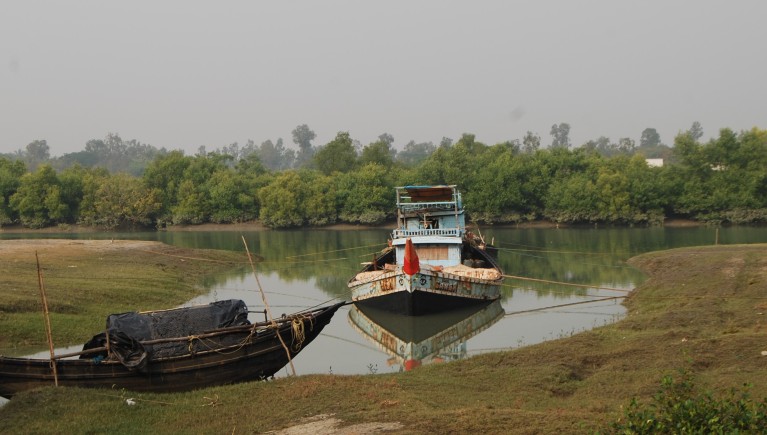[This text was generated using artificial intelligence (GPT-3) and underwent subsequent human editing to ensure accuracy.]

The study prioritizes portions of the Indian Sundarban for magrove replantation. Credit: Subhra Priydarshini
Using machine learning algorithms, scientists have identified which areas of the Sundarban Biosphere Reserve should be prioritized for conservation measures1.
Sundarban, the world’s largest mangrove forest spread across more than 10,000 km2in India and Bangladesh, has sharply decreased in recent decades. Researchers from WWF-India, Jamia Millia Islamia, in Delhi, and the University the Manchester, in the UK, used Landsat images to mark areas of the Indian side of the reserve that have degraded between 1975 and 2020.
They divided the forest into 5609 grids and 36 parameters covering physical, environmental, soil, water, bio-climatic, and disturbance aspects to assess habitat suitability. They then used a niche overlay function and grid-based habitat suitability classes to identify which mangrove species was best for each area in the priority grid.
Nearly half of the grids, about 1,203 km2, was found to be highly suitable for replantation with 18 mangrove species.
The authors call for effective management strategies for monitoring and conserving degraded mangrove cover. The findings can be used to help other regions interested in assessing habitat suitability and prioritizing the restoration of mangroves.
